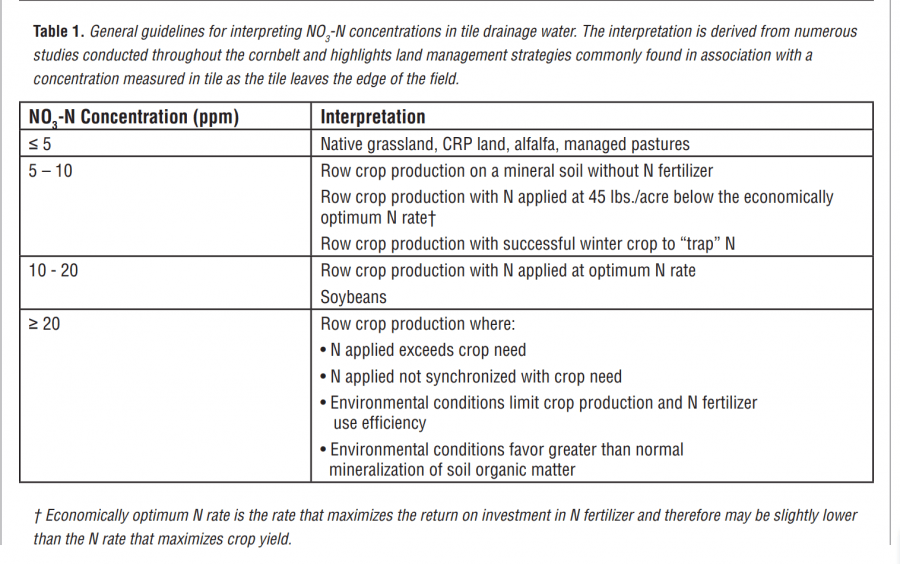
Water Testing
What's your strategy?
According to the most recent Nutrient Loss Reduction Strategy Biennial report, Illinois lost 425 million pounds of nitrate-N/yr between 2013-2017. Survey work tells us that many farmers in Illinois do not believe they are losing valuable nutrients from their farm. Water quality research tells us that nutrient runoff is a problem. costing farmers money and contributing to the nutrients loads entering our waterways.
Your Illinois corn checkoff is exploring this gap and how we can better address water quality concerns while trying to ensure only voluntary practices are required to meet our nutrient loss reduction goals.
What's in your mailing?
Enclosed in the mailing are two test strips that will help you visualize the extent of nitrate loss you may be experiencing on your farm. We hope you will test ditch water, tile water, surface runoff or creek water near a tile outlet around your farm to better understand your farm's contribution - or lack ther
As an extra incentive to test your water and ANONYMOUSLY report back to IL Corn that you did so, we will pledge a $5 donation to any Illinois FFA chapter of your choice.
HOW TO PARTICIPATE
1. Collect a water sample in a clean container from one of the sources listed above.
2. Dip the strip into the sample and gage the results using this scale.
- Dip strip for 2 seconds without stirring and read results within 1 minute.
3. Submit finding below
What do your results mean?
These results are not precise measuring tools but a resource for estimations and solely for personal use/results.
Nitrate is a formed of dissolved nitrogen found in soil and water. It can come from the natural mineralization process or be from the loss of a nitrogen application. We typically think of nitrate levels and drinking water, where infants and pregnant women are at an increased risk when levels exceed 10 PPM. Anytime excess nitrogen leaves a field, we are not only contributing to the increase nutrient loads in the Gulf of Mexico but are washing dollars down the tile as well. Please use this information for informational purposes only and reach out to your personal crop advisor for more information and detailed plans of action. Applying nitrogen as close to the time needed by the plant at adequate rates is one of the best ways to reduce excess nitrogen loss. Planting a foraging/scavenging cover crop to reclaim excess nitrogen and keep it available for the following crop is also a best management practice.
Check out our partnership with Illinois FFA and to see how your test results will make a difference.
______________________________________________________________________________________________________________________________________
Illinois FFA and IL Corn enjoy working together to better Illinois agriculture in various ways. Not only are we partnering to help understand and mitigate the impacts of nutrient loss in Illinois, but we also partner to support higher blends of ethanol, and to represent Illinois farmers in Springfield, IL and Washington, DC.
See our legislative partnership in detail here.
Thank you for taking the time to complete the water testing survey and selecting an Illinois FFA chapter of your choice. Your action helps preserve the future of agriculture for generations to come.
Have questions about our conservation programs? Contact us by clicking here








